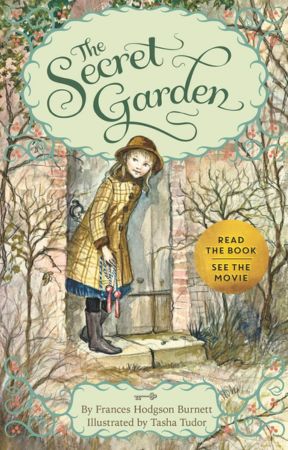In the bustling heart of Victorian England, amidst towering chimneys and smoke-filled skies, lived a lonely and sickly girl named Mary Lennox. Born in India to wealthy British parents, Mary had been raised by aloof servants who catered to her every whim but offered little love or affection. When a sudden cholera outbreak swept through her household, Mary was orphaned, left alone in a world that seemed cold and uncaring.
She was sent to live with her reclusive uncle, Archibald Craven, at Misselthwaite Manor, a vast and gloomy estate nestled on the windswept Yorkshire moors. The manor, shrouded in an aura of sadness, mirrored its master. Mr. Craven, a widower still grieving the death of his wife, Lily, had withdrawn from the world, allowing the house and its gardens to fall into neglect.
Upon arrival at Misselthwaite, Mary encountered a world far removed from the stifling confines of her life in India. The sprawling house, with its echoing hallways and dusty portraits, felt more like a prison than a home. The only solace Mary found was in the company of Martha, a young maid with a kind heart and a mischievous streak.
One day, while exploring the seemingly endless corridors of the manor, Mary stumbled upon a curious tale. Martha revealed the legend of a secret garden, a hidden paradise locked away by Mr. Craven after his wife’s death. Intrigued and yearning for a connection to the outside world, Mary became obsessed with finding this hidden sanctuary.
With Martha’s help and cryptic clues from a robin with a seemingly endless supply of worms, Mary discovered the key to the secret garden. As the rusty lock yielded, a wave of emotions washed over her – excitement, trepidation, and a flicker of hope. Pushing open the creaking gate, Mary stepped into a world choked by overgrown vines and neglected beauty.
Undeterred by the initial desolation, Mary saw the hidden potential of the garden. With the youthful enthusiasm of a child discovering a forgotten treasure, she enlisted the help of Dickon, a friendly young boy with a natural connection to animals and the land. Together, they embarked on a mission to revive the garden.
Days were filled with the rhythmic clinking of tools, the satisfying pull of weeds, and the hopeful planting of seeds. As the days turned into weeks, a transformation unfolded. The once-dormant garden slowly awoke from its slumber. Vibrant flowers bloomed, casting a kaleidoscope of colors across the neglected landscape.
The revitalization of the garden mirrored a change within Mary. The once-pale and sickly girl bloomed with newfound energy and curiosity. The fresh air, the physical exertion, and the joy of creation brought a healthy glow to her cheeks and a sparkle to her eyes.
News of the secret garden’s revival reached Mr. Craven. Drawn by the scent of blooming roses and the sound of laughter, he hesitantly ventured into the forbidden space. Witnessing the vibrant garden and his niece’s radiant health, a long-dormant part of him stirred. The memories of his deceased wife, once a source of pain, now intertwined with the joy of renewal.
Mr. Craven, encouraged by Mary and Dickon’s infectious enthusiasm, began to take an interest in the garden’s revival. He shed his cloak of grief and reconnected with the world around him. The once-gloomy manor resonated with laughter and the promise of a brighter future.
The secret garden, once a symbol of loss and despair, became a testament to the healing power of nature, friendship, and a shared passion. It served as a reminder that even the most neglected spaces can be revitalized with care and love. Mary Lennox, the lonely and unloved orphan, blossomed into a compassionate and resilient young woman, forever changed by the magic she had unlocked within the walls of Misselthwaite Manor.






